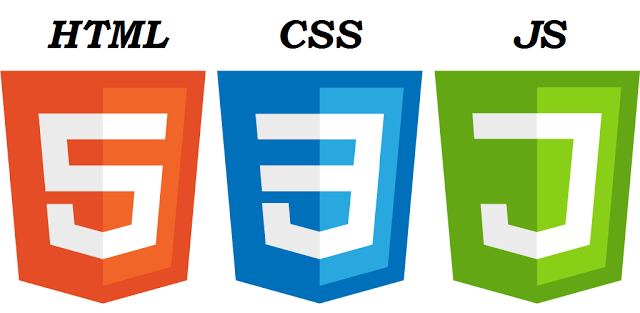Introductions to CSS
HTML is the abbreviation of the Hyper Text Markup Language. HTML is the
standard markup language and is used to create web pages. HTML is a
simple language and cannot be used to design anything but with the
addition of CSS and JavaScript it is made beautiful, attractive and
user-friendly. HTML pages are created for the web and are viewed using
web browsers such as Google Chrome, Mozilla Firefox, Opera and Internet
Explorer, etc. When any HTML page is loaded in any browser described
above, they render it and show the web pages.
HTML pages are
formed by using different tags (Elements) of HTML language such as
, ![]() ,
,
etc.
All of these tags are enclosed in angled brackets (<>) and are not
displayed by the browser, in fact, they are used to create the
structure of web page for the browser. We will discuss the use of all
tags in the next lessons.
In HTML pages, we can add headings,
paragraphs, lists, tables and many other things of this kind. The
structure will be very simple, but the addition of CSS will make it
attractive and user-friendly.
In HTML pages, we can change the
behavior of the web pages using JavaScript and can style them using CSS
(Cascading Style Sheets). We will also discuss the JavaScript and CSS in
the next lessons.
History and Development of HTML
In 1980 physicist, Tim Berners-Lee proposed a method to share data (Documents) over the internet using HTML. In late 1990 Tim Berners-Lee wrote the first Browser and specified the HTML language for that browser.“HTML Tags” was the first description document available for the public on the internet in 1991 by the Tim Berners-Lee, and this document was consisting of just 18 HTML elements. In 1996, HTML was maintained and commercially used to input data from users. In 2000, HTML became an international standard language. Now the HTML is being used on the internet for everything, and all kind of documents are being prepared in HTML language.
Introductions to CSS
Cascading Style Sheets is presenting the documents and web pages written
in HTML language. It is the cornerstone technology used to design the
HTML pages in an attractive and user-friendly form. By using CSS, we can
change the color, font, design and layout of different web pages. It
was primarily designed to separate the contents of documents easily in
various formats and to make the materials attractive and user-friendly
it is also being used to create many mobile applications. The separation
technique makes it possible to change the design of any web page in
different formats i.e. a single web page can be designed in many
attractive designs.
CSS (Cascading Style Sheets) has a very
straightforward and easy syntax which included many English words that
make it easy to understand and use.
Like HTML, CSS also uses some
elements to format the HTML documents these are called sectors. Sectors
are utilized by the attributes and tags and specify the part/area which
will be styled using CSS.
History of CSS
CSS was first proposed by the Hakon Wium Lie in October 1994, and the amazing thing was Hakon Wium Lie was working with Tim Berners-Lee. However, it was first released in 1996. CSS was developed to give style to the Web pages. With the increase of the use of HTML the use of CSS was also increased by the web developers and the stylistic capabilities were also increased. After some time the variations were started in this language and different versions of CSS was released such as CSS1, CSS2, CSS2.1, CSS3, and CSS4, etc.Introduction to Java Scripts
JavaScript is a high-level language and is used to change the behavior
of the web pages. As HTML and CSS, JavaScript is also a three core
technology. It is supported by all modern web browsers.
JavaScript is also being used in the environments that are not web based such as in PDF files. JavaScript works with CSS and HTML to improve the quality of web pages by using different elements such as when we load a page on desktop the size of that page changes with the width and length of our screen in the same way when that page is loaded in mobile devices the size is reduced and becomes fit to the screen it is all due to JavaScript.
So, this was the basic information about HTML, CSS, and JavaScript that you must know before your start the next tutorials. Do share your skills with others.











No comments:
Post a Comment